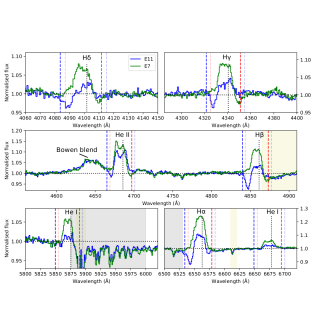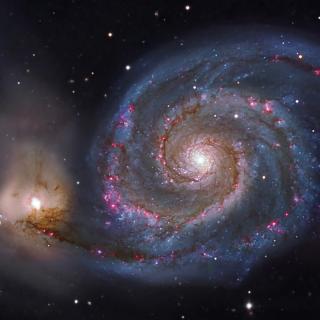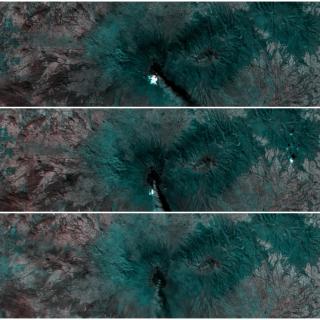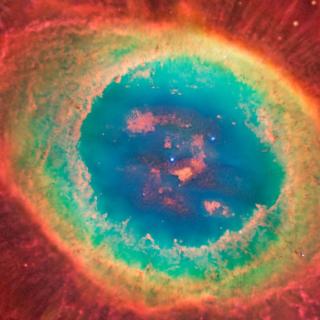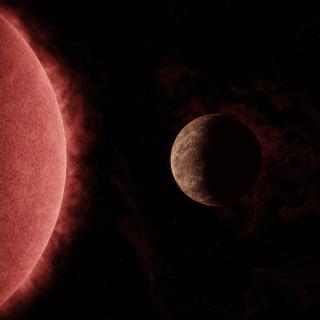
An international scientific team, with the participation of researchers from the Instituto de Astrofísica de Canarias (IAC), has found a new world similar in size to our planet orbiting an ultra-cold red dwarf located about 55 light-years away. Observations from the SPECULOOS telescope network, which includes the ARTEMIS telescope at the Teide Observatory in Tenerife, have made this discovery possible. The Gran Telescopio Canarias (GTC), at the Roque de los Muchachos Observatory on La Palma, has also played a key role in confirming the discovery, providing some of the most accurate ground
Advertised on

